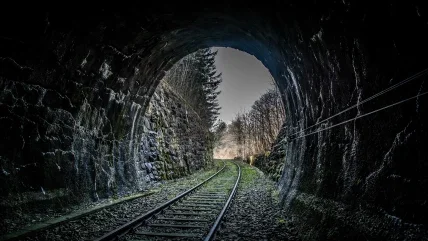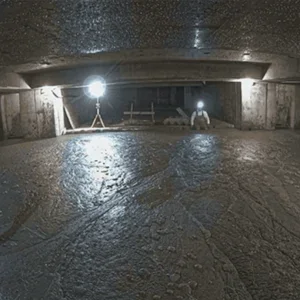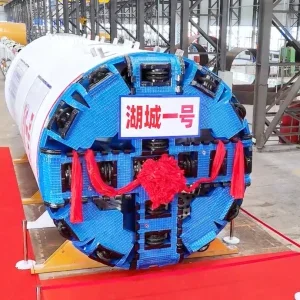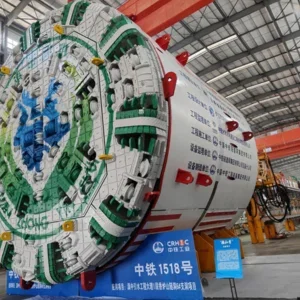
The Claudius Crozet Blue Ridge Tunnel Foundation – a regional public-private partnership – has been working toward the restoration, preservation, and interpretation of the Blue Ridge Tunnel. The group is named for the engineer, Claudius Crozet (1789-1864), who led the tunnel project and whose "professional expertise and visionary leadership were essential to the establishment of a railroad infrastructure across Virginia, instead of a widely preferred system of canals."
The money will go toward phases 2 and 3 of the project, completing the restoration of the tunnel, the construction of the pedestrian/biking trail within the tunnel, and final construction of trailheads and trails to both the east portal (started in Phase 1) and the west portal of the Blue Ridge Tunnel.
Nelson County completed Phase 1 of its Blue Ridge Tunnel Project in late June 2015, which included a substantial completion of the eastern trail and parking lot, and fencing the length of the trail as a barrier to the active rail line next to it.
Stephen Carter, Nelson County administrator, explained the rehabilitation of the tunnel includes removal of two concrete bulkheads that were installed in the 1950s in a failed natural gas storage project. The tunnel was abandoned by C&O Railroad, now CSX Corp., in the 1940s.
"The removal of the two bulkheads is a significant component of the restoration of the tunnel and its conversion to a public hiking trail," he said. "Additional work within the tunnel includes restoration of the brick casement that lines about 1,400ft of the tunnel from the tunnel’s western portal in Augusta County proceeding to the bulkhead on this side of the tunnel."
A series of rock bolts will also be installed in the tunnel, as previously determined by the structural engineering sub-consultant to the project’s lead engineering consultant firm. Additional rock bolts may also be installed, as determined by the structural engineering sub-consultant, once the actual construction project is in process. The tunnel Project will also provide for construction/installation of the trail surface within the tunnel, removal of graffiti, etc.
Carter said, "it is the County’s objective to issue one sealed bid request for completion of the overall Tunnel Project."
A specific date is still to be determined.
About the tunnel
The Blue Ridge Tunnel opened in 1858 to allow rail access through Afton Mountain. The 4,273ft (1,302m) passage took nearly nine years to construct and was the longest tunnel in the US at the time.
According to the foundation: "the tunnel was constructed at a depth of 700ft below the ridgeline at Rockfish Gap. The geology of the Blue Ridge at Rockfish Gap – especially on the eastern (Piedmont) side – consists of greenstone that is, ‘as hard as can well be conceived,’ in Crozet’s words. Several of Crozet’s letters to the Board of Public Works referenced the rock’s ‘excessive hardness.’"
On December 29, 1856, laborers from the east end and the west end holed through, meeting within inches of Crozet’s centerline alignment.
"Crozet also implemented innovative solutions for the tunnel’s construction, including smoke-removal ventilation systems powered by mules on treadmills as well as the world’s longest siphon (which removed an average of 60 gallons of water each minute)," according to the foundations. "The contracting firm of Kelley & Larguey utilized construction crews comprised mostly of Irish laborers as well as several dozen slaves. Averaging 26.5ft of progress per month, the crews simultaneously excavated the tunnel from each end using only hand tools and black powder."
The Blue Ridge tunnel was taken out of service in 1944.







